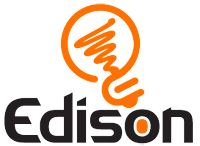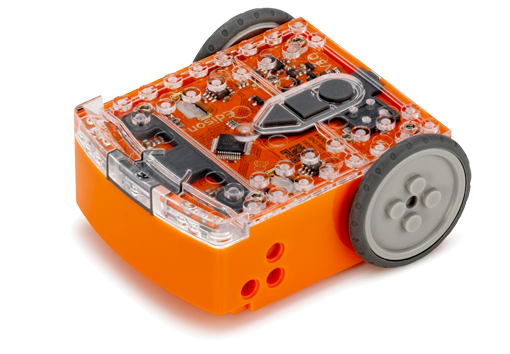Lesson 10: Design brief 2 – My program
Creative thinking and problem solving – This is the second design brief where students come up with their own challenge and conceptualize how the robot can provide a solution This may take two or more lesson periods of 90 minutes, alternatively this can be a home work exercise. Students may select their own topic, state the program’s purpose and explain where the program could be used in the real world. In this design brief students are expected to provide more information than they did in the first design brief. They also now have more programming experience and can use the robot’s sensors.
1. Identify a problem that the robot can solve or action it can take
The students have now watched the ‘Humans need not apply’ video and should be more aware of how robots might be used in the future. This should stimulate new ideas from the students. Some examples are:
- Rescue robot – The robot drives within a border looking for a lost person (mini figure or doll). When the robot locates the person it raises the alarm.
- Driverless car – The robot drives on a designated road (line) without hitting people, other cars or buildings (toys).
- Battle robots – Send robots to war rather than human soldiers. Two robots compete in a sumo competition
2. Describe the problem or the action the robot needs to make
Using the design brief worksheet students describe the problem that their robot program solves and how the robot program solves the problem (solution).
Example: Problem: ‘Human drivers are easily distracted and can make mistakes when driving. These mistakes can be fatal.’ Solution: This program demonstrates how a robot can drive along a road using obstacle detection and can avoid hitting people, other cars or buildings and is therefore much safer.’
3. Write the program and test it
Students write their program and test it.
4. Failure
Inevitably, the first attempt is unsuccessful. Failure is a normal part of programming (or any engineering discipline). The students can describe their failures on the worksheet.
5. Describe the programming icons used and what they do
Using the design brief worksheet 2 students select a number of icons being used in their program and describe what the icon does in the program. Print additional sheets to have students describe more programming icons.
6. Demo
The students demonstrate their robot’s behaviour and talk about their idea, the program, the problems that they encountered and how they solved them.

